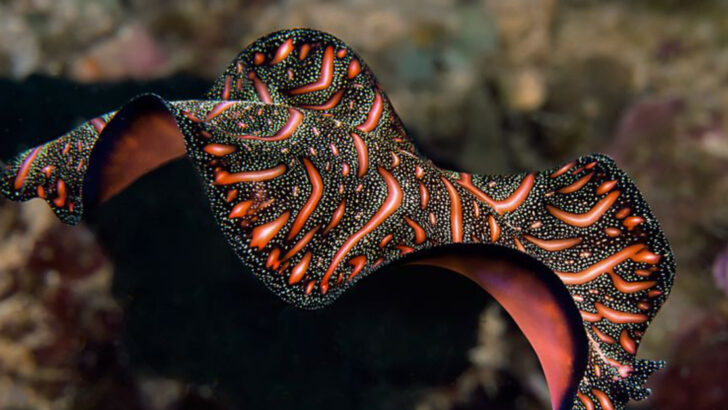Who needs a brain, anyway?
In the wild, some creatures skip the gray matter entirely—and still manage to eat, move, react, and even solve problems. No brain, no problem. These animals have found bizarre and brilliant ways to survive without a central control center.
Some rely on nerve nets. Others use body-wide signals or simple reflexes. And a few just float through life, pulsing and thriving with a kind of eerie elegance.
These 14 brainless beings challenge everything we think we know about intelligence, instinct, and survival. Prepare to be amazed—they’re doing just fine without a head start.
Sea Star
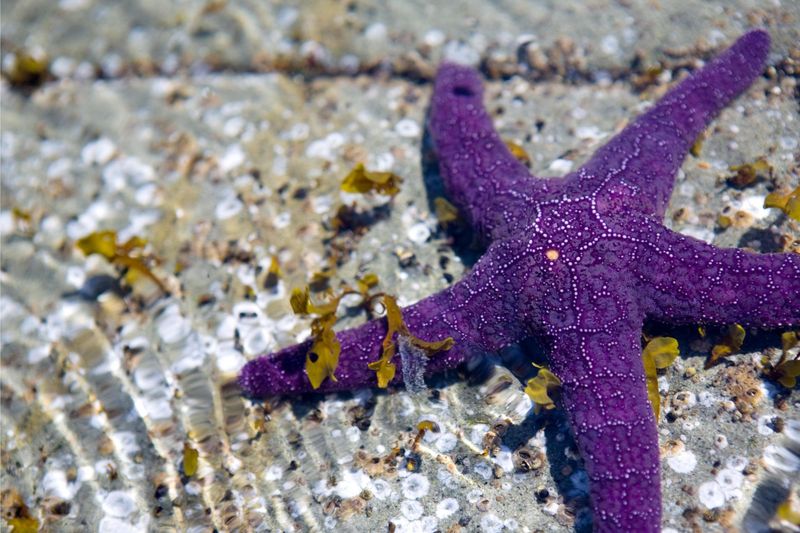
Sea stars, often called starfish, exhibit a wondrously complex life despite lacking a brain. With a nerve net and radial symmetry, they navigate the ocean floor effortlessly. Their ability to regenerate lost arms is nothing short of miraculous.
Sea stars use tube feet for movement and feeding, showcasing their unique suction capabilities. Their eye spots on each arm allow them to sense light and dark, helping them avoid predators.
These marine wonders hold a crucial role in the ecosystem, controlling the population of their prey, like mollusks and small fish. Their beauty and resilience make them captivating creatures.
Jellyfish
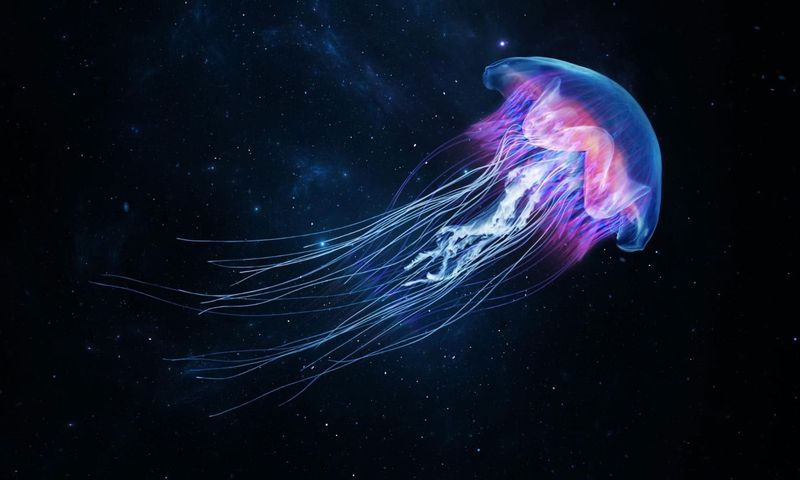
Jellyfish float gracefully in the ocean, mesmerizing with their translucent bodies and trailing tentacles. Despite lacking a brain, they possess a simple nerve net that allows them to respond to environmental changes.
Their tentacles contain specialized cells for capturing prey, delivering venomous stings to immobilize their targets. Jellyfish thrive in numerous oceanic environments, adapting to changes with remarkable ease.
For millions of years, these creatures have roamed the seas, playing a vital role in marine ecosystems. Their pulsating movements and ethereal appearance make them both beautiful and enigmatic sea dwellers.
Sea Urchin
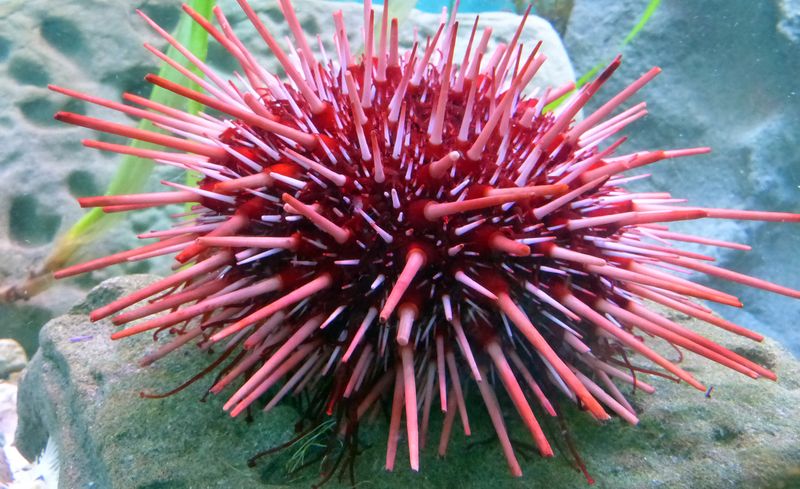
The sea urchin, with its spiky exterior, is more than just a ball of sharp spines. Lacking a brain, it relies on a nerve ring to coordinate its movements and responses to its surroundings.
Sea urchins play a pivotal role in their habitats, controlling algae growth on reefs and rocks. Their tube feet, similar to those of sea stars, aid in locomotion and feeding on kelp.
These fascinating creatures are an essential part of the marine ecosystem, offering insights into life without a complex nervous system. Their simple elegance and ecological importance are hard to overlook.
Flatworm

Flatworms are simple yet striking creatures, often found sliding over the ocean floor. Despite their lack of a brain, they are equipped with a primitive nervous system. This network of nerves allows them to respond to environmental cues and find food.
Their bodies are adorned with vivid colors and intricate patterns, which serve as both camouflage and a warning to predators. Flatworms exhibit a fascinating method of reproduction, known as fragmentation, where parts of their body can regenerate into new individuals.
These remarkable creatures play an essential ecological role by maintaining coral health and controlling algae populations. Watching a flatworm move is like observing a living piece of art, flowing effortlessly across its underwater canvas.
Sea Sponge
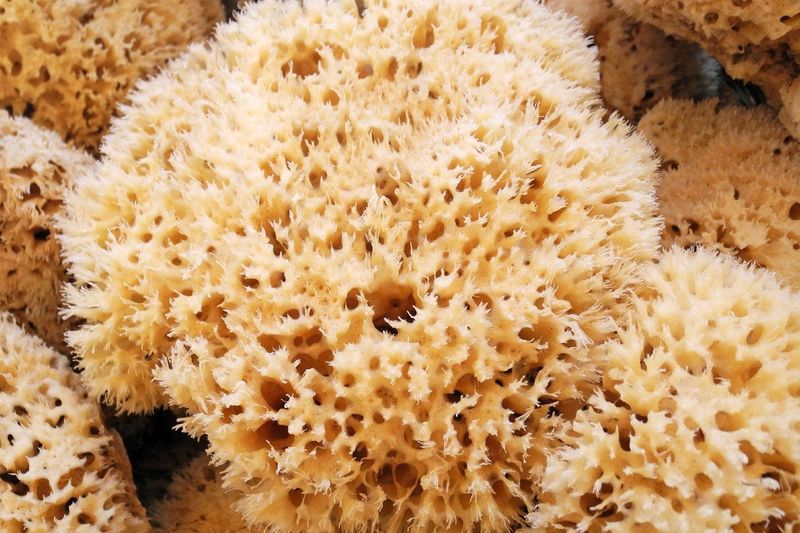
Sea sponges, ancient and simplistic, lack both a brain and nervous system. Instead, they thrive through a system of channels and pores, filtering water to extract nutrients.
These creatures are integral to marine ecosystems, providing shelter and habitat for various organisms. Sponges also contribute to nutrient cycling, maintaining the health of their environment.
Their ability to regenerate and adapt to different conditions is truly remarkable. Despite their simplicity, sea sponges represent one of the oldest forms of animal life on Earth. Their presence in the ocean is both vital and fascinating.
Sea Anemone
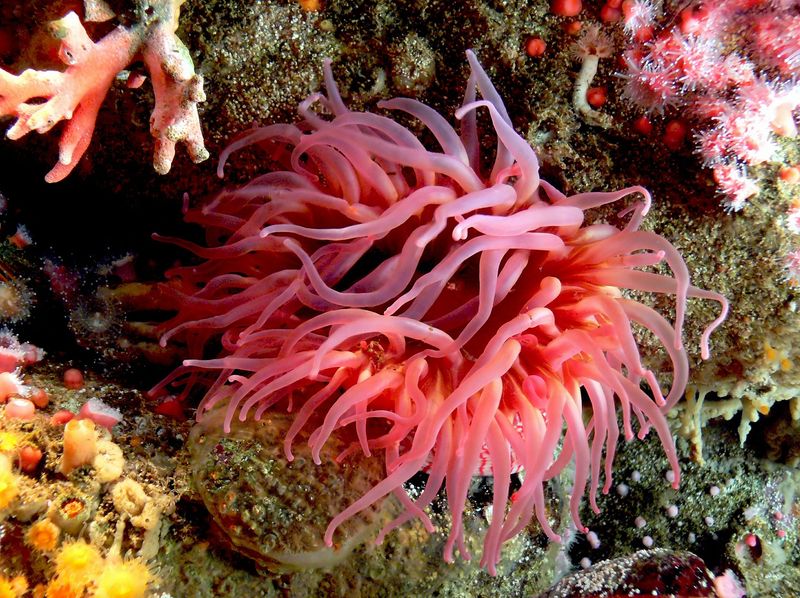
Sea anemones, resembling underwater flowers, captivate with their vibrant colors and flowing tentacles. These brainless creatures use a nerve net for sensory and movement functions.
Their tentacles are equipped with specialized cells that deliver stings, capturing prey and offering defense. Anemones form symbiotic relationships with various marine species, like clownfish, benefiting both parties.
Standing firm on the ocean floor, sea anemones play a critical role in their habitat, contributing to the biodiversity of the marine ecosystem. Their beauty and function showcase nature’s creativity without the need for a brain.
Portuguese Man O’ War
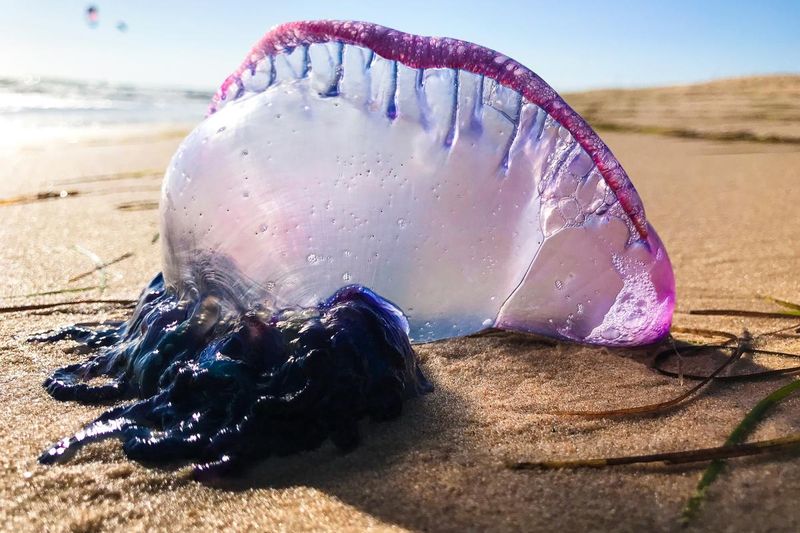
The Portuguese Man O’ War, often mistaken for a jellyfish, is a colony of specialized polyps and medusoids. Without a brain, it coordinates through a nerve net, drifting with ocean currents.
Its distinctive, gas-filled bladder floats on the water’s surface, while long tentacles hang beneath, delivering powerful stings to capture prey. This unique creature’s role in the marine food chain is significant, despite its brainless existence.
Its presence in the open ocean, combined with its striking appearance, makes it a fascinating subject of marine biology. The Portuguese Man O’ War exemplifies life’s adaptability without conventional brain functions.
Brittle Star

Brittle stars, close relatives of sea stars, are agile and flexible, despite their lack of a brain. A central nerve ring coordinates their movements, allowing them to navigate the seabed with grace.
Their slender arms can regenerate when damaged, showcasing remarkable adaptability. These nocturnal creatures emerge at night, scavenging for food with their tube feet.
Brittle stars contribute to the ocean’s health by recycling nutrients and oxygenating the seabed. Their delicate beauty and ecological role highlight nature’s ability to innovate without a traditional brain structure.
Ascidians (Sea Squirts)

Ascidians, commonly known as sea squirts, lead a fascinating life devoid of a brain. As larvae, they swim freely, but upon maturity, they anchor to surfaces and transform dramatically.
These filter-feeding organisms pump water through their bodies, extracting nutrients with efficiency. Their simple yet effective structure supports various marine ecosystems.
By providing shelter and food for other marine life, ascidians play a vital role in their environment. Their transformation from mobile larvae to stationary adults is a testament to life’s versatility without the need for a central brain.
Sea Cucumber
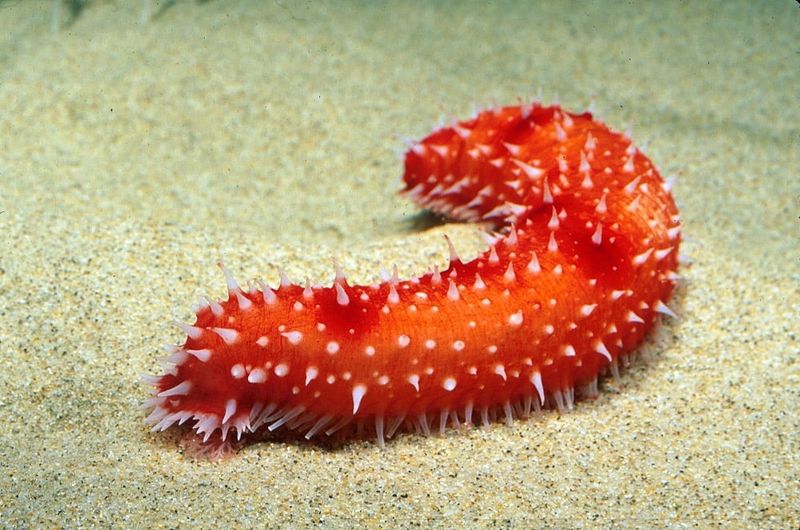
Sea cucumbers, resembling elongated vegetables, are essential ocean dwellers. Lacking a brain, they use a nerve net to interact with their surroundings and perform daily functions.
These creatures process ocean sediment, recycling nutrients and sustaining marine ecosystems. Their unique defense mechanism involves expelling internal organs to deter predators, which they later regenerate.
Sea cucumbers’ role in maintaining ocean health is invaluable. Their adaptability and resilience offer insights into survival without a brain. Their presence on the ocean floor is both understated and vital, contributing to nature’s delicate balance.
Comb Jellies
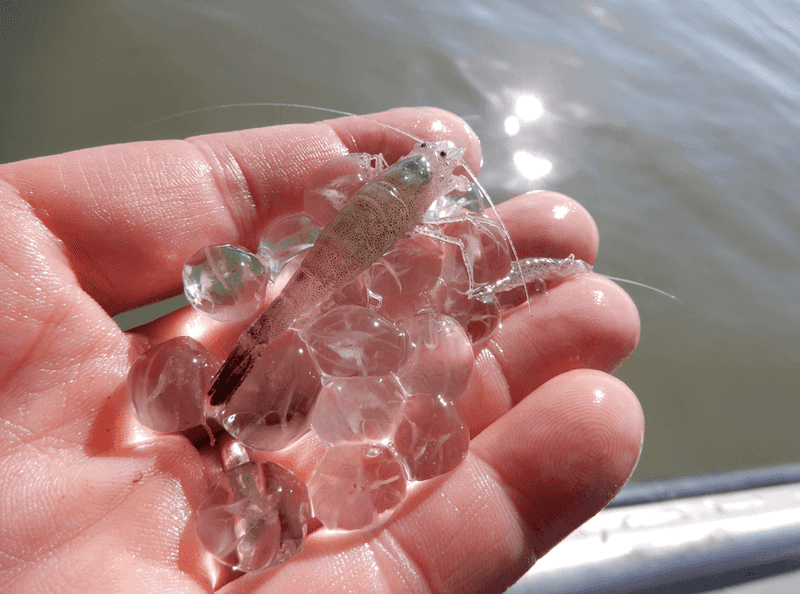
Comb jellies, or ctenophores, mesmerize with their bioluminescent displays and graceful movements. Without a brain, they rely on a simple nerve net and rows of cilia for propulsion.
These gelatinous creatures capture prey with sticky cells, playing a significant role in marine food webs. Their ability to produce light creates stunning underwater spectacles, captivating those who witness it.
Comb jellies’ ethereal presence and ecological importance highlight nature’s ingenuity. Despite their simplicity, they contribute meaningfully to ocean ecosystems, showcasing life’s diversity without the need for a brain.
Placozoans
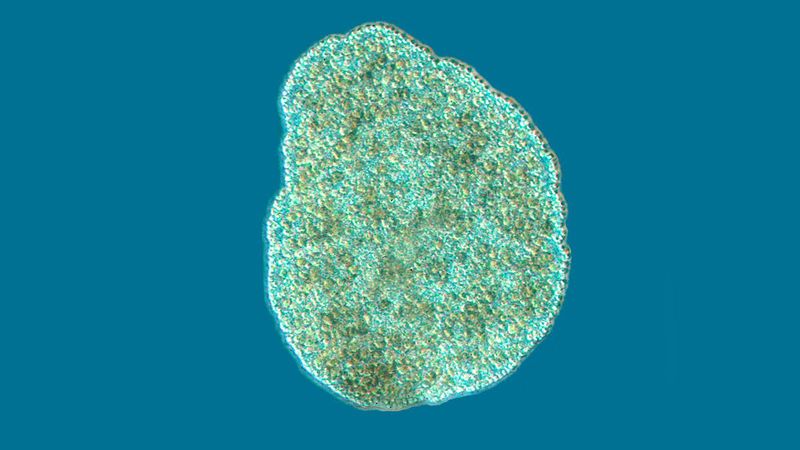
Placozoans, among the simplest of all animals, lack both a brain and nervous system. These microscopic creatures glide along surfaces, feeding on algae and bacteria.
Despite their simplicity, placozoans play an important role in microbial ecosystems, contributing to nutrient cycles. Their discovery has intrigued scientists, offering insights into early animal evolution.
Their unique structure and basic functionality are a testament to life’s ability to adapt and survive in minimalistic forms. Placozoans illustrate the complexity that can arise from simplicity, living successfully without conventional brain structures.
Sea Hare
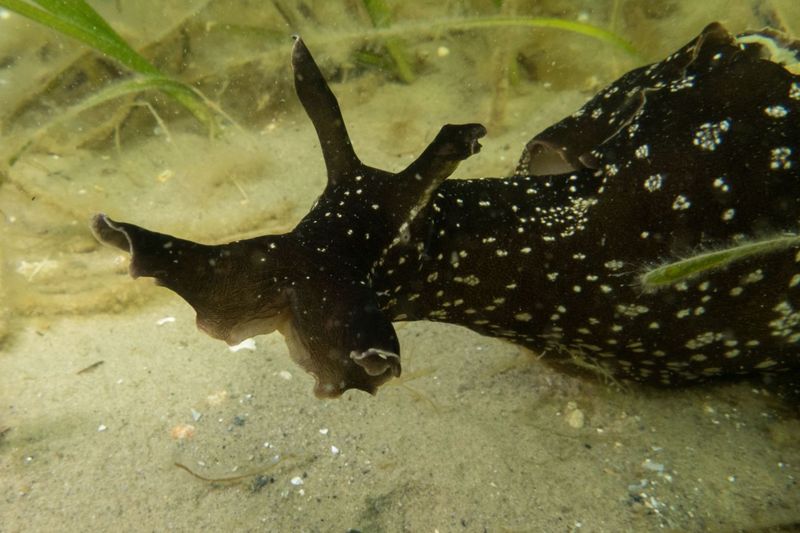
The sea hare is a soft-bodied marine mollusk known for its gentle, rippling movement through the ocean. Its body is adorned with wing-like parapodia that flutter gracefully as it moves. Unlike many sea creatures, the sea hare lacks a traditional brain, instead possessing a simple nervous system.
This creature relies on a cluster of nerve cells called ganglia to process sensory information. Despite its simplicity, the sea hare is an adept navigator of the marine environment. It feeds primarily on algae, using specialized mouthparts to graze across underwater meadows.
A fascinating aspect of sea hares is their ability to release a cloud of ink when threatened. This defense mechanism confuses predators, allowing the sea hare to escape. Their calm presence and unique adaptations make them a captivating subject for marine enthusiasts.
Lancelet
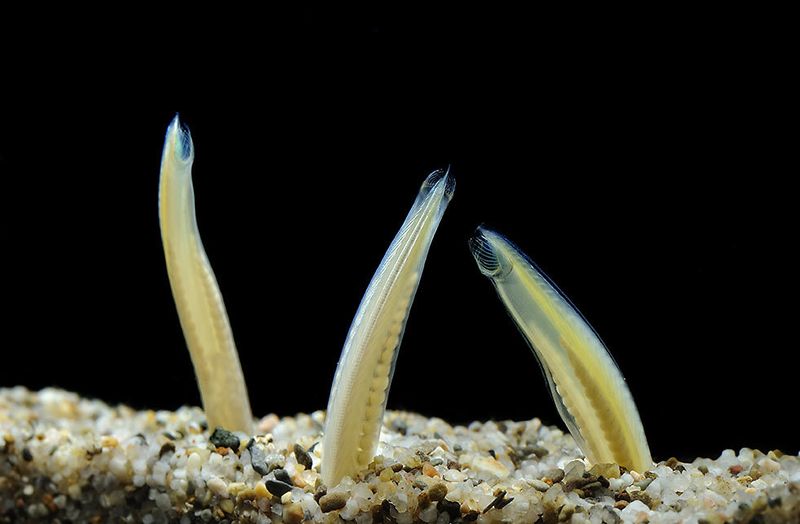
Resembling a miniature fish, the lancelet is a small, translucent creature that thrives in shallow marine environments. Unlike true fish, lancelets lack a brain and instead have a simple nerve cord running the length of their bodies.
These creatures spend much of their lives buried in sand, with only their heads protruding. They filter feed by drawing water through their mouths, trapping nutrients with their gill slits. This lifestyle requires minimal neural control, highlighting the efficiency of their simplistic design.
Lancelets are of particular interest to scientists due to their evolutionary significance. They provide insights into the early development of vertebrates, bridging the gap between invertebrates and more complex organisms.

